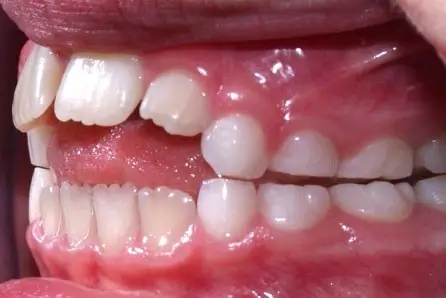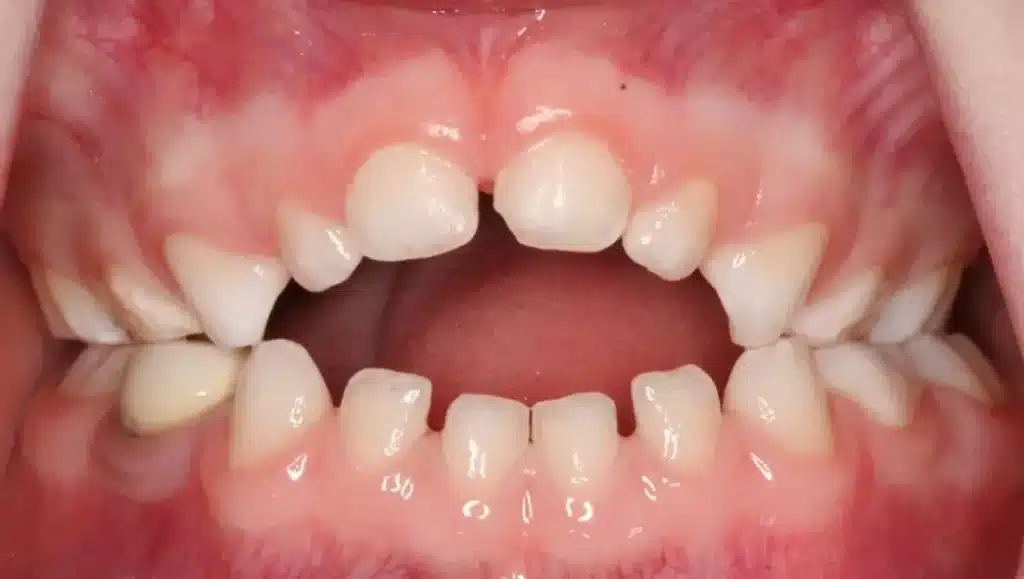Introduction: Understanding Thumb-Sucking in Children
Thumb-sucking is a common habit among infants and young children. While it is often considered a soothing mechanism, prolonged thumb-sucking can have a significant impact on the development of a child’s teeth. As children grow, this habit can lead to misaligned teeth, bite problems, and even speech issues.
In this article, we will explore the effects of thumb-sucking on childre teeth and offer advice on how to help break this habit for better dental health read more.
How Thumb-Sucking Affects Children Teeth
Thumb-sucking affects the alignment and structure of a child’s teeth in several ways:
- Malocclusion (Bite Problems)
Prolonged thumb-sucking can cause the upper front teeth to protrude, leading to an overbite or underbite. These malocclusions can result in the need for orthodontic treatment as the child grows older. - Changes in the Roof of the Mouth
When a child sucks their thumb, the pressure from the thumb can reshape the roof of the mouth (palate). This may cause a narrow or high arch in the mouth, which can affect both the child’s appearance and their ability to chew and speak properly. - Misalignment of the Teeth
Thumb-sucking may cause the teeth to grow in an uneven manner. The pressure applied to the teeth can force them out of their natural alignment, resulting in crooked teeth or gaps between teeth. - Speech Development Issues
A child who continues thumb-sucking past the age of 4 may experience speech problems. The pressure on the teeth and palate can affect the way the tongue moves, potentially leading to speech issues like lisping.

The Age When Thumb-Sucking Becomes Problematic
Most children naturally stop sucking their thumb by the age of 2 or 3. However, if the habit persists beyond the age of 4, it can begin to cause significant dental and oral health issues. By this age, permanent teeth start to emerge, and thumb-sucking can interfere with their proper alignment.
It’s important for parents to monitor this habit and encourage children to stop before it starts to affect their teeth and overall oral health.
How to Help Your Child Stop Thumb-Sucking
There are several methods that can help break the thumb-sucking habit:
- Positive Reinforcement
Rewarding your child for not sucking their thumb can help motivate them to stop. Create a sticker chart or other incentive system to celebrate their success. - Gentle Reminders
Gently reminding your child to take their thumb out of their mouth can help reduce the behavior over time. Be patient and avoid punishment, as this can make the habit more difficult to break. - Use of a Thumb-Sucking Deterrent
There are special products available, such as bitter-tasting nail polishes or thumb guards, that can make thumb-sucking less appealing. - Distraction Techniques
Encourage activities that keep your child’s hands busy, such as drawing, playing with toys, or holding a soft object.

When to Consult a Pediatric Dentist
If your child continues finger sucking after the age of 4, it’s important to consult a pediatric dentist. A dentist can assess the impact on your child’s teeth and recommend appropriate treatment if needed. Early intervention is key to preventing long-term dental issues and can help set the stage for a healthier smile.
Conclusion: The Importance of Breaking the Habit Early
finger sucking may seem harmless in the early years of childhood, but if left unaddressed, it can lead to significant dental issues that require intervention later in life. By encouraging your child to stop finger sucking at an early age, you can help ensure that their teeth develop properly and avoid future orthodontic treatments.
Consulting a pediatric dentist can provide guidance and support for both parents and children in breaking this habit and achieving a healthy, beautiful smile dicover more.

